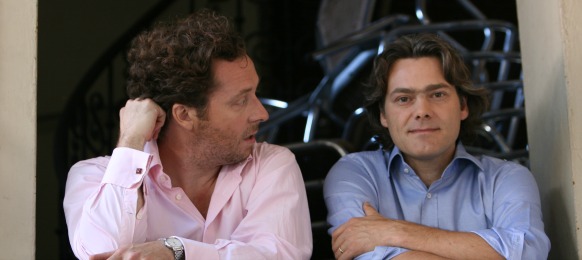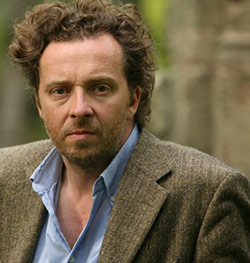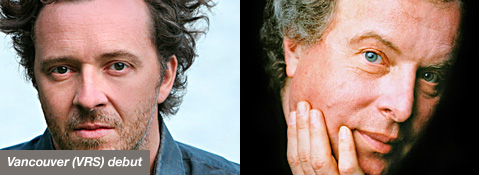Tag: Chan Centre
-
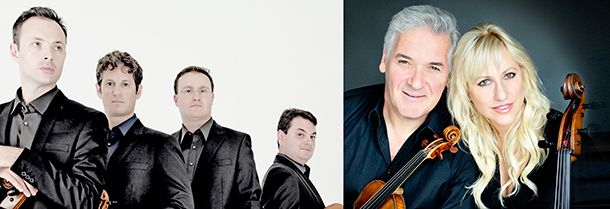
PROGRAM NOTES: JERUSALEM QUARTET WITH PINCHAS ZUKERMAN & AMANDA FORSYTH
Richard Strauss String Sextet from Capriccio Capriccio (1942), Richard Strauss’ last stage work, is an opera about opera, constructed as a series of elegant salon conversations dealing with a question that has bedevilled opera lovers for centuries: which is more important, the words or the music? The year is 1775 and the setting is the…
-
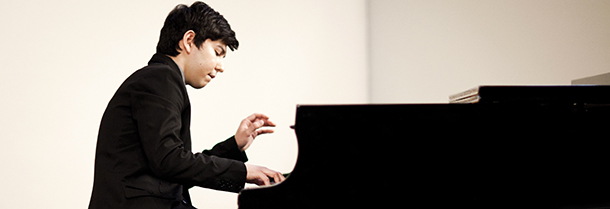
PROGRAM NOTES: BEHZOD ABDURAIMOV
Antonio Vivaldi Siciliana in D minor (arr. J. S. Bach and Alfred Cortot) Nothing could be more Baroque than an arrangement of an arrangement. The Baroque was a period in music history in which music travelled freely between instruments and instrumental ensembles. Bach’s Organ Concerto No. 5 for solo organ BWV 596, composed sometime…
-
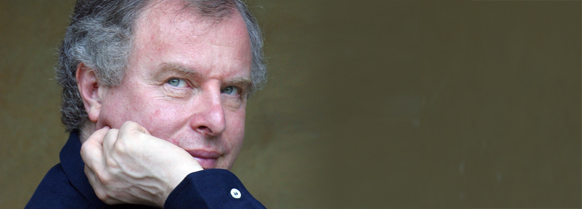
ANDRÁS SCHIFF: ON PLAYING BACH AND THE WELL-TEMPERED CLAVIER
Senza pedale ma con tanti colori (Without the pedal but with plenty of colours) Playing J. S. Bach’s keyboard music on the modern piano, pianists are confronted with various fundamental questions. The answers to these are never simple. For example: what is the “correct” instrument for the Well-Tempered Clavier? The clavichord, the harpsichord, the organ,…
-
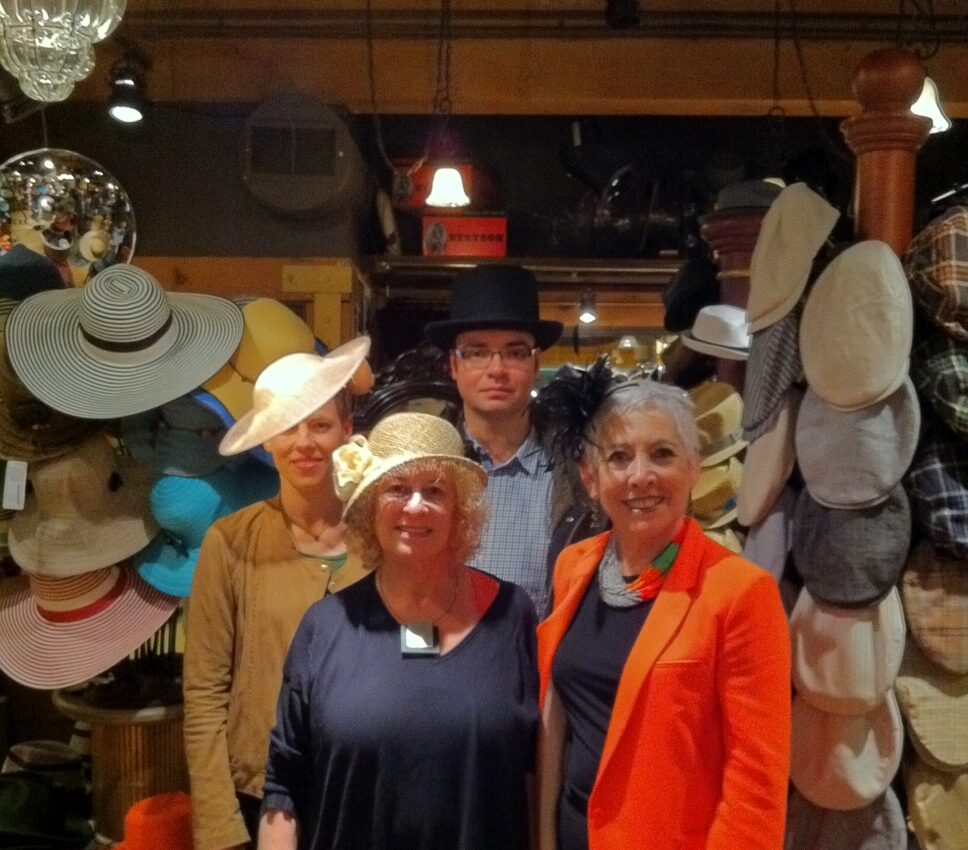
LEILA GETZ: HATS ‘ON’ TO TWO EXTRAORDINARY MUSICIANS!
Following their incredible journey through the Beethoven Piano and Violin Sonatas in three concerts for the Vancouver Recital Society, Isabelle Faust and Alexander Melnikov were anxious to blow off excess steam and see something of Vancouver before they left for their next engagement in San Francisco. So I, as the tour guide, and Allison…
-
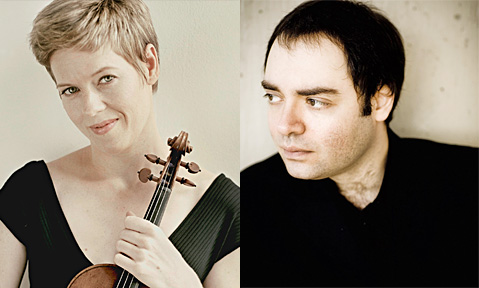
PROGRAM NOTES: THE BEETHOVEN PROJECT
Ludwig van Beethoven The Ten Violin Sonatas Beethoven wrote his first violin sonatas, a set of three (Op. 12) in 1797-98. Six more appeared by early 1803, making a fairly compressed time span for a medium in which Beethoven was to write just one more in 1812. All but the tenth were written before the…
-

SOME THOUGHTS ON OUR UPCOMING 12-13 SEASON
Today we want to share with you a few thoughts and facts about our recently announced 2012-2013 season: UP FIRST: On October 5 András Schiff will open the 33rd season with an all-Bach program. In fact, András was one of the first artists who launched the Vancouver Recital Society in 1981. Like so many…



